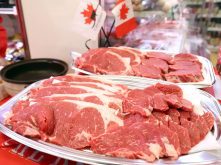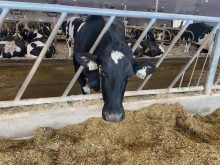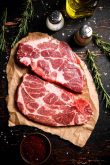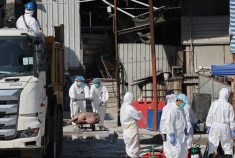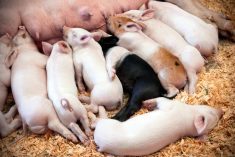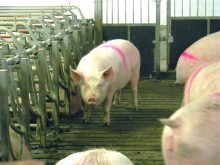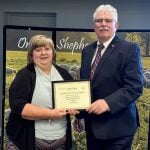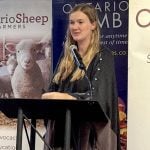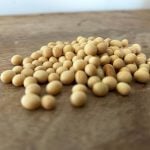When the National Farm Animal Care Council Code of Practice for the Care and Handling of Pigs was released in 2014, it annoyed many pork producers.
Now the code is being updated and concerns about changes and possible ripple effects from practices in other countries are at the front of Canadian pork producers’ minds.
At the Saskatchewan Pork Industry Symposium Nov. 6, Stephen Heckbert, executive director of the Canadian Pork Council, spoke about the code of practice updates. Discussion quickly turned to producers largest concern: Proposition 12 and group sow housing. One producer asked if there was a way to avoid these “major barn infrastructure changes.”
Read Also
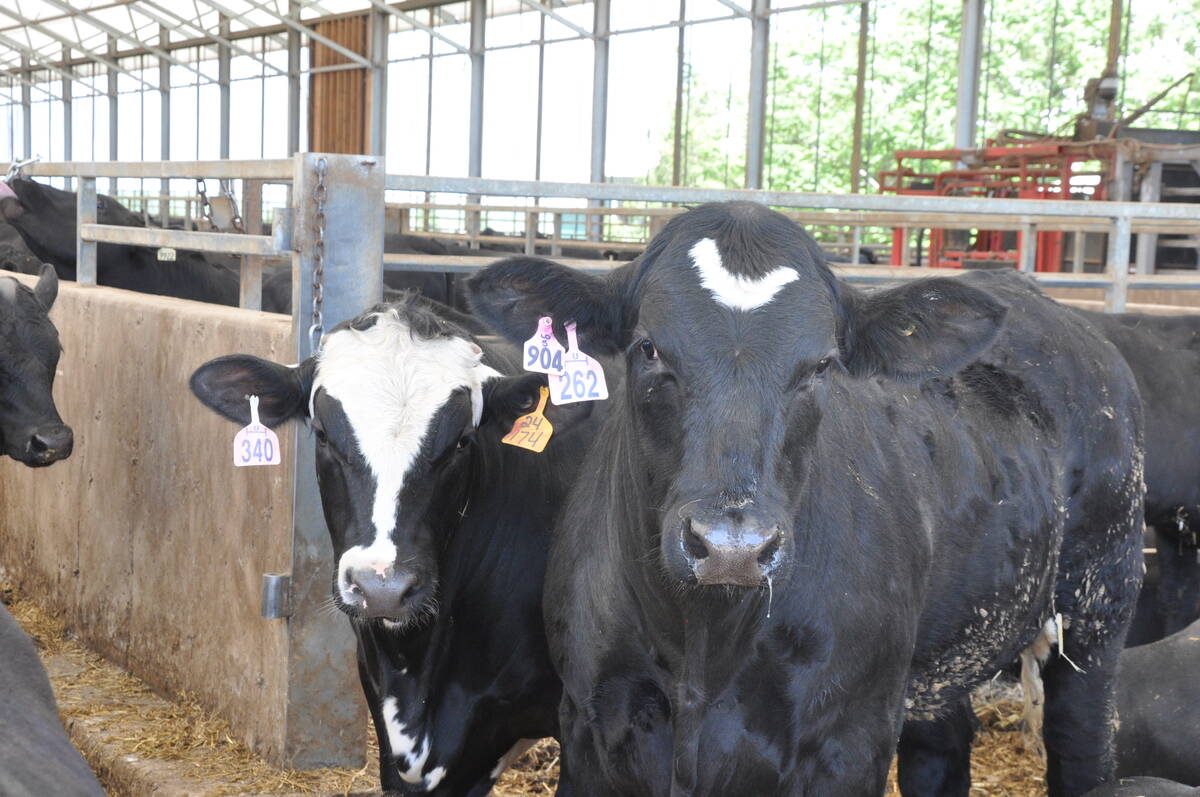
Beef-on-dairy makes cattle market ripples
Beef-on-dairy calves are popular, but an economist flags potential market risks from that popularity. The Canadian veal industry has already felt them.
Why it matters: It’s time to update the pork production code of practice and producers are encouraged to provide input.

That isn’t a reality for the pork industry. Heckbert said that avoiding a change to group housing, or reducing the commitment to convert, would reduce the amount of Canadian pork in retailers across the country.
The Retail Council of Canada has one significant question, Heckbert said, and that is “are you [as an industry] committed to group housing?”
“If we try to change our answer on that, we’ll lose the retail council. And then it’s over.”
The push from retailers is in part a push from consumers, who are increasingly interested in animal welfare and industry sustainability. Heckbert agreed with the producers who raised the point that pork is being sold in Canadian stores that does not meet the current standards of the code because it comes from other countries.
“We do have that conversation, and that’s going to be part of our conversation at the code of practice table, but it’s important for you to know that [group housing is] the number one question retailers have. That’s their pressure point, their main point from consumers is on group sow housing. So, for those wondering, will we be able to get an extension on that, I don’t think so.”
Industry leaders and commodity groups have said that if retailers want high standards, such as group housing, they shouldn’t import pork that doesn’t meet the Canadian standards they’re pushing for.
This has had some positive results among retailers such as Costco, which is now stocking more Canadian pork, said Heckbert.
What’s to come
The big hope is for a comprehensive code that meets the needs of producers while avoiding too much pressure for change. According to Heckbert, the worst outcome would be a version of Prop 12, the California law that mandates specific space requirements for livestock.
“My real hope is that we avoid any enormous infrastructure change with this code. The shift to group housing has been enough of an infrastructure change… That would be my number one.”
He expects new enrichment rules within the code, especially given ongoing research in that area. Sustainability regulations may also be part of it.
There is also a goal of keeping producers’ economics in mind. Those at the discussion table are “highly conscious of costs” and will be doing their best to ensure the cost of changes are competitive, said Heckbert.
However, he added that the code will not satisfy every producer. He described it as striving for an A+ which, for him, means 85 per cent of what producers want.
“One hundred per cent is perfection. We’re not going to get perfection. If we can get an A+, I’m hoping you can understand that that’s probably excellent.”
Heckbert and the pork council want to remedy what they consider to be previous mistakes in the code and the way it came to be. The council said producer input in code development is needed because they have a unique perspective that must be shared with others at the discussion table.
“Provide that feedback and those questions so that we can have that dialogue,” he said. “We are committed that we are providing a ‘no-surprise’ code of practice conversation this time. That will be difficult if we don’t get any further engagement from the producers.”




